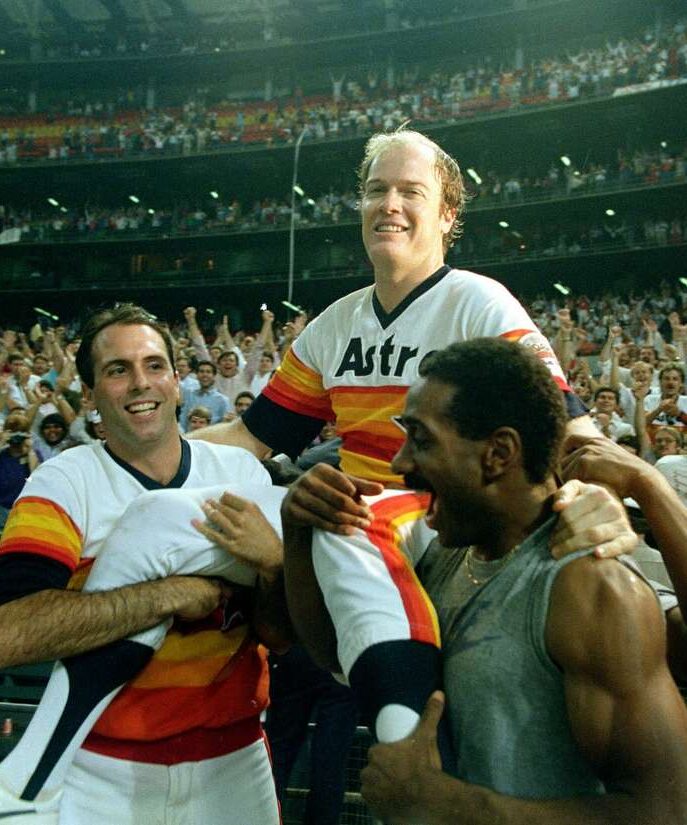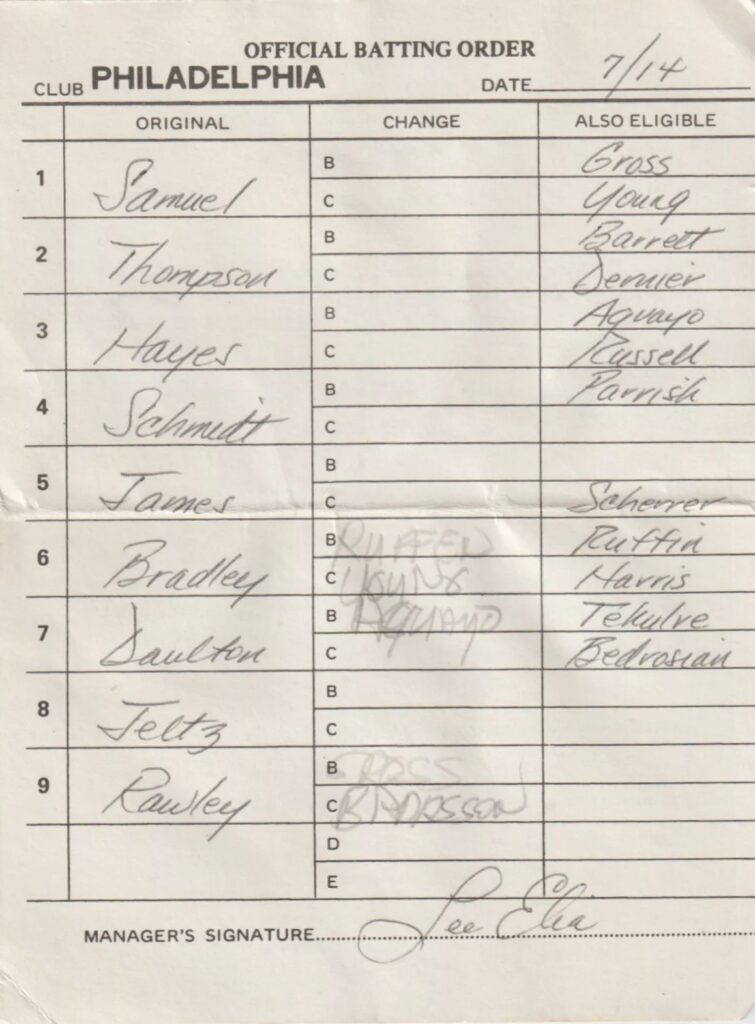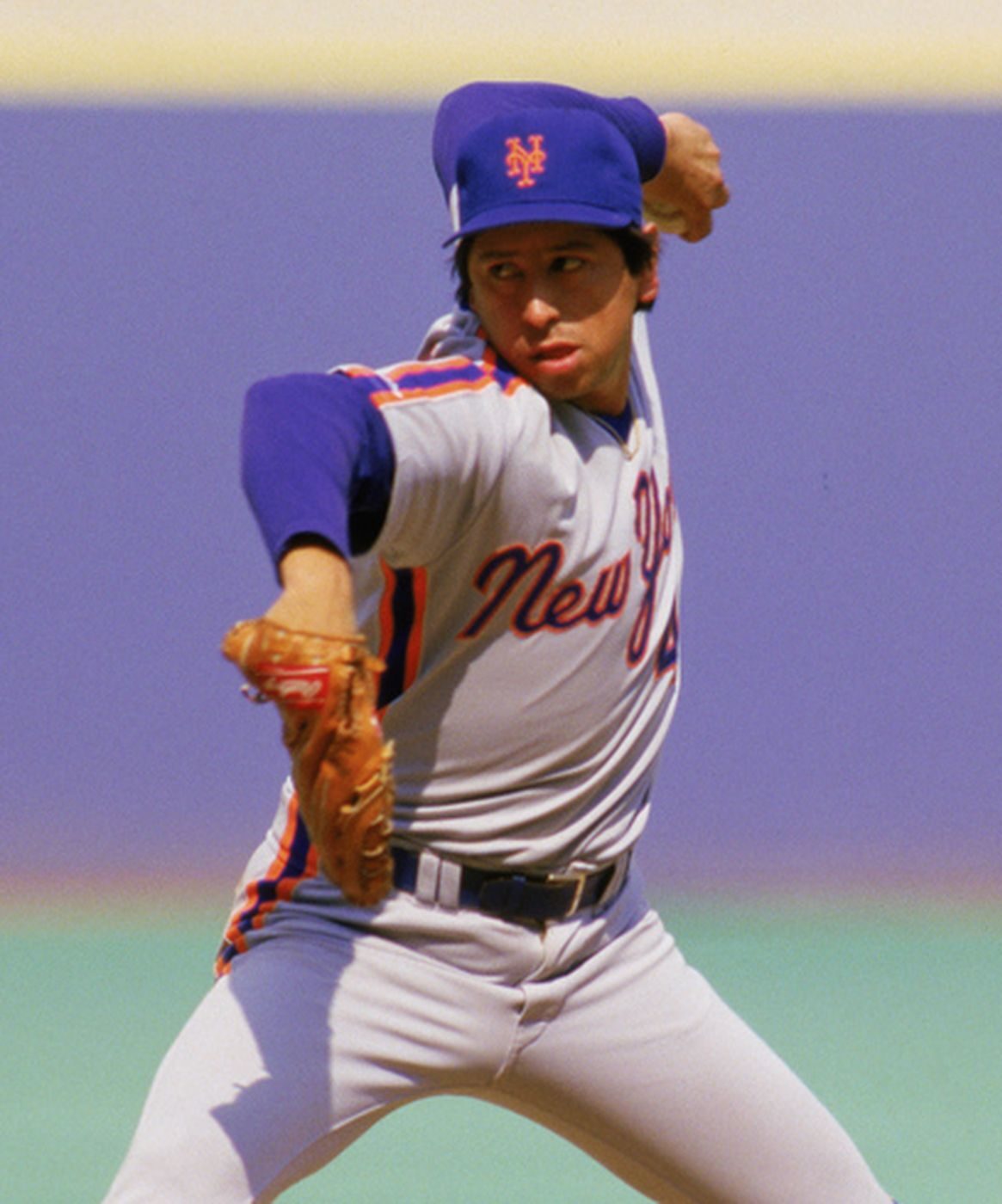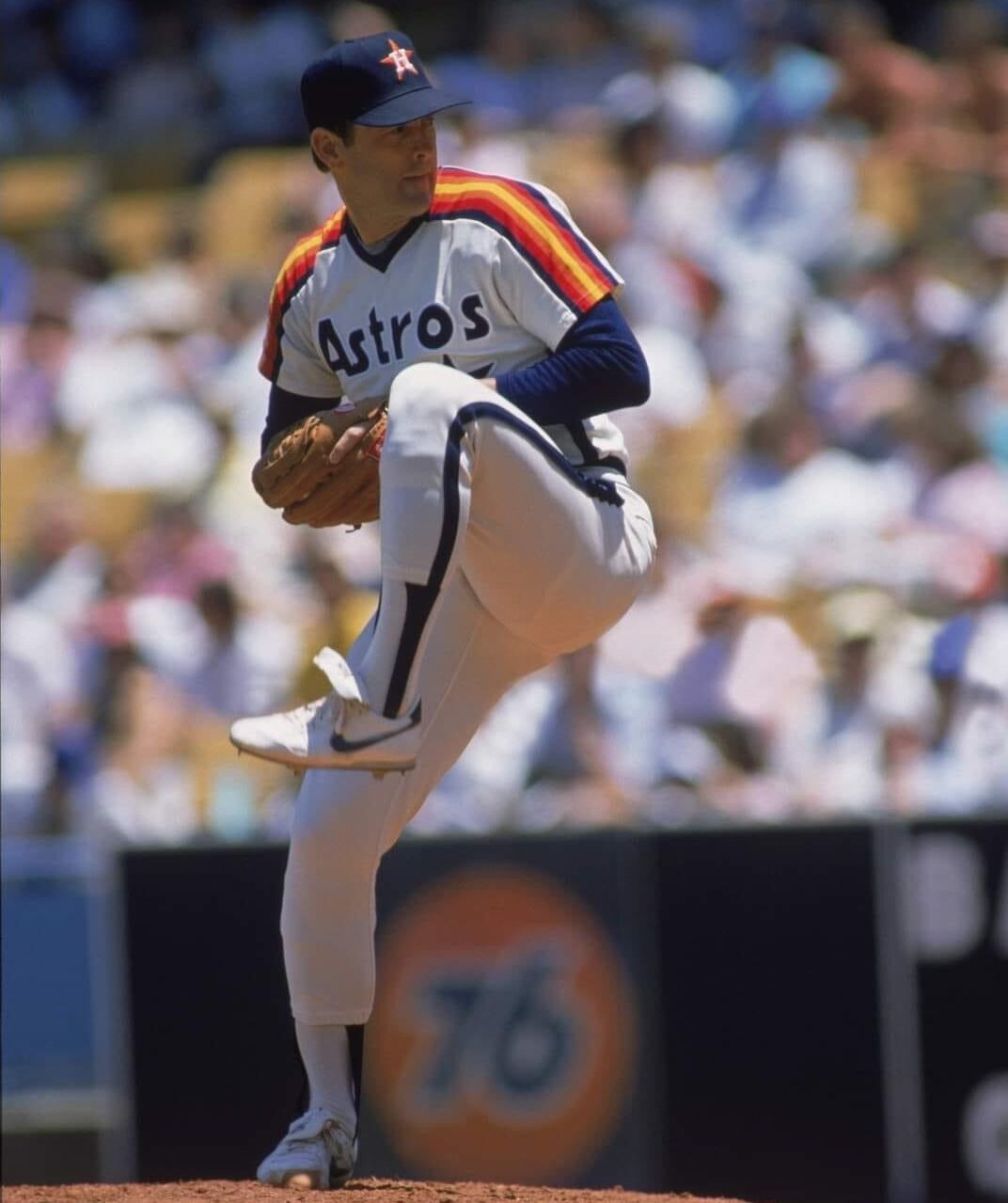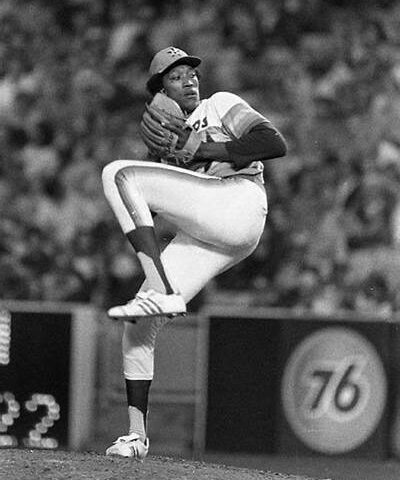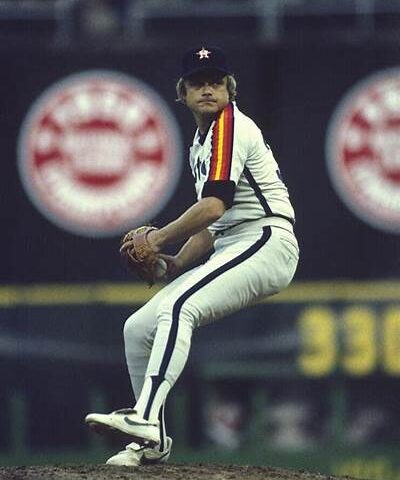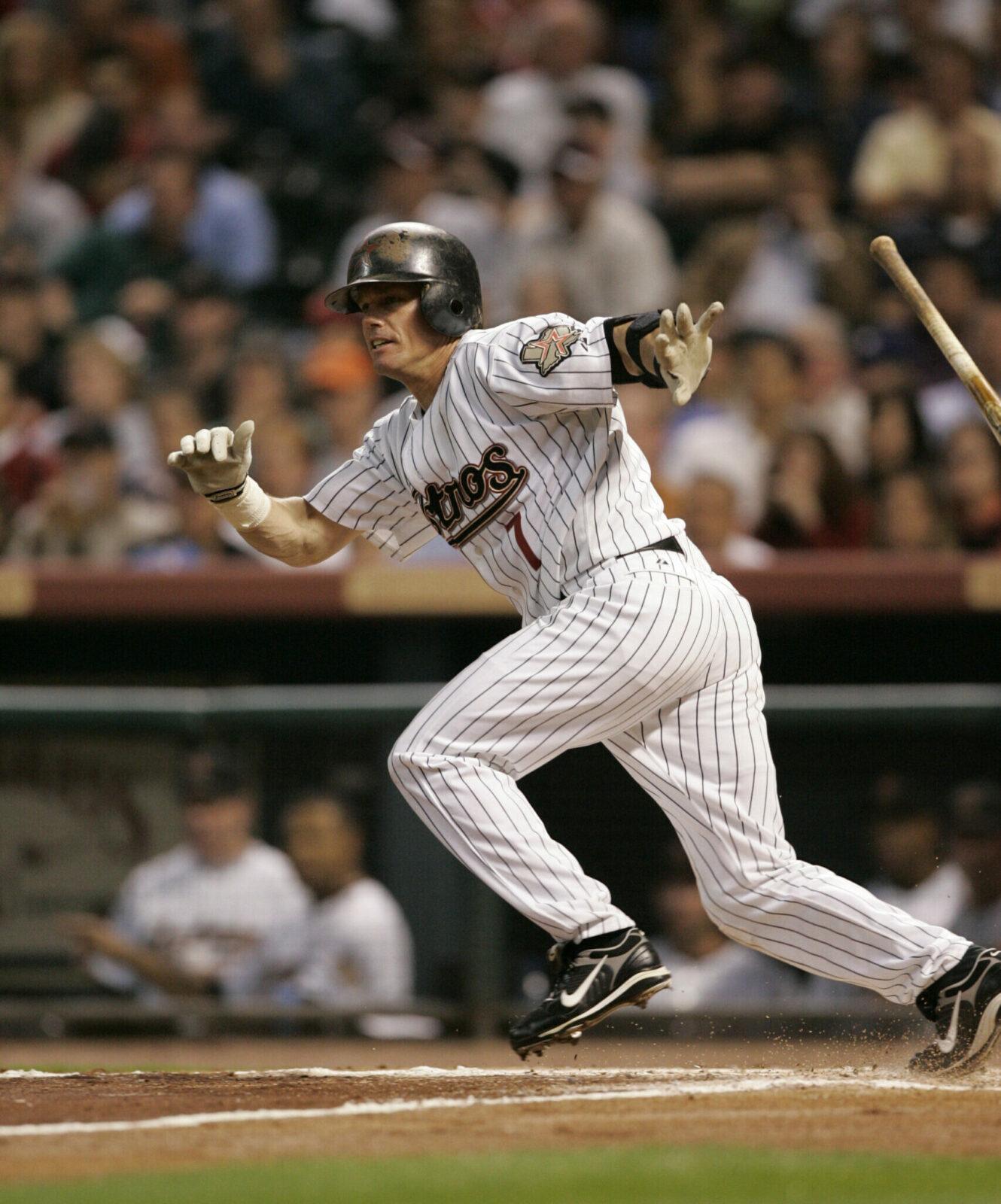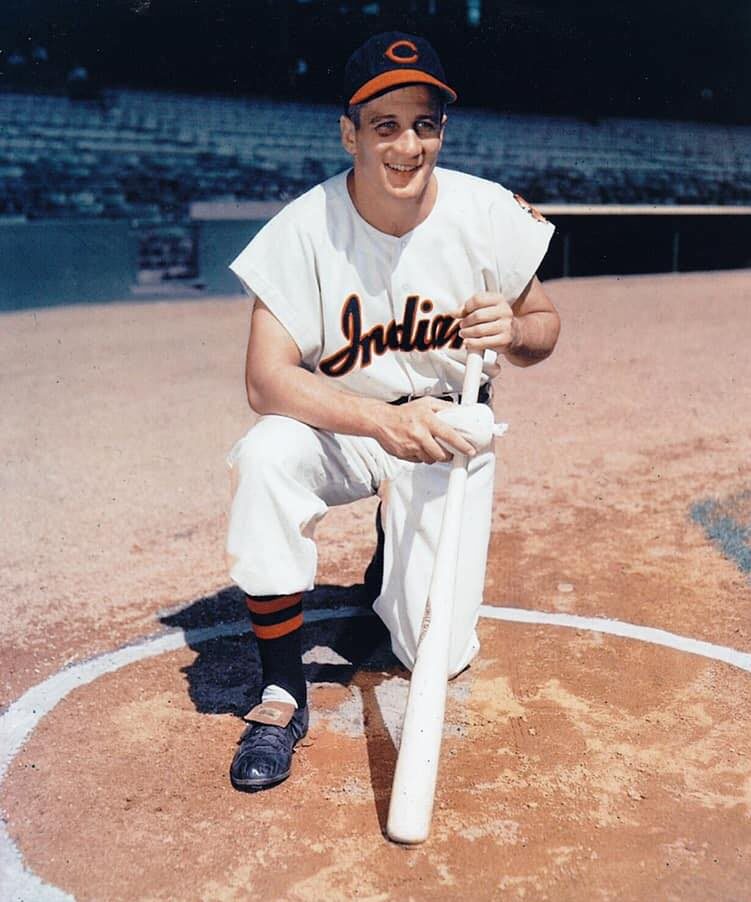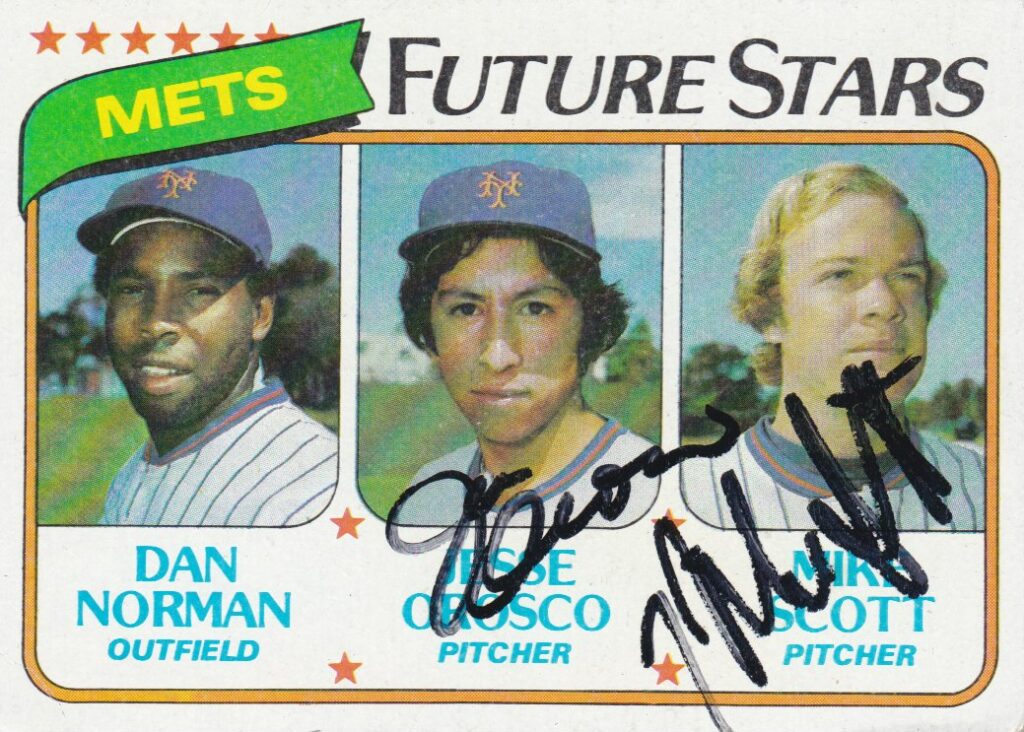
A natural athlete, Mike Scott excelled at every sport he played. After going 9-1 with a 0.67 ERA his senior year of high school, Scott decided that baseball gave him the best chance to play professionally.
During the college recruiting process chose Pepperdine University. In his first season there in 1974, Scott was voted West Coast Conference Freshman of the Year. A three-year All-Conference selection, Scott set the Waves’ record for career wins, strikeouts, and innings pitched. He was inducted into Pepperdine’s Athletic Hall of Fame in 1983.
After leaving Pepperdine in 1976, Scott was drafted in the second round by the New York Mets. He ascended through the minor league sytem and made his major league debut in 1979. Scott bounced between Triple-A and the big club until 1981 when he was in the majors to stay.
The Mets dealt him to Houston in December of ’82 for outfielder Danny Heep. In ’83 and ’84 Scott was mediocre, going a combined 15-17 with a 4.21 ERA.
Then everything changed.
On a teammate’s suggestion and upon General Manager Al Rosen’s introduction, Scott got in touch with pitching guru Roger Craig. Scott learned a pitch that would change the trajectory of his career – the split-fingered fastball.
Scott’s hard on commanding the splitter paid immediate dividends. After going 29-44 with a 4.45 ERA from the time he broke in through the end of ’84, Scott soared to 18-8 in ’85. With his new pitch, Scott became a star.
In ’86, Scott had a career year, leading the league in ERA (2.22), strikeouts (306), shutouts (5), WHIP (0.923), and WAR (8.4). Scott helped push Houston to the brink of the Western Division crown. On September 25th, Scott clinched the division title with a no-hitter against San Francisco. The first-year manager of the Giants was Roger Craig who taught Scott the lethal weapon.
In his next outing, once more against Craig’s Giants, Scott was in command. It looked as if he might toss back-to-back no-no’s as Johnny Vander Meer did in 1938. San Francisco’s Will Clark spoiled the dream with a 7th-inning single, one of just two hits the pitcher allowed. That ’86 campaign saw Scott join a handful of pitchers who have struck out 300 men and pitched a no-hitter in the same season. His efforts resulted in the Cy Young Award.
In the National League Championship Series, Scott was magnificent. He won both of his starts and posted a 0.50 ERA with 19 strikeouts against just one walk. The performance earned him the NLCS Most Valuable Player Award. Despite Scott’s heroics, his Astros lost the Series.
From 1985-1989 Scott was among the game’s best pitchers. In those five seasons he went 86-49 with a 2.94 ERA and 1,038 strikeouts and 1,192 1/3 innings. He made three All Star teams and averaged nearly 5 WAR per season with a stingy 1.06 WHIP. The end of the run was punctuated with a league-leading 20 wins and a second-place finish for the Cy Young in 1989.
Late in ’89, Scott’s shoulder started to give way. He slipped to 9-13 in 1990 and made just two starts in ’91 before leaving the game.
Though Scott did not sustain his greatness long enough for Cooperstown consideration, the Astros inducted him into their team Hall of Fame in 2019.
Shown here is a 1980 Mets Future Star Topps baseball card. It is signed by Scott and Jesse Orosco who holds MLB’s career record for appearances by a pitcher.
